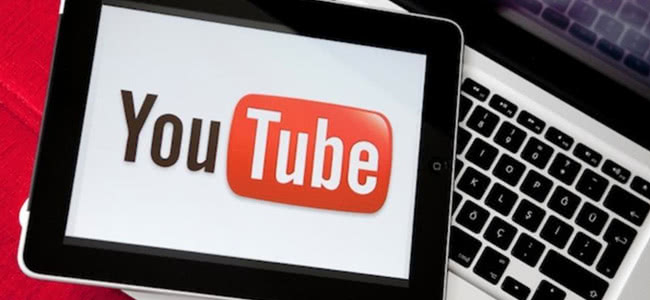YouTube is looking to take on the likes of Spotify, Deezer, and the newly launched iTunes Radio, as it makes plans to enter the booming music streaming service market with its own on-demand, subscription based service, set to launch before the end of the year.
The popular video website already provides an enormous wealth of free music – both official and unofficial – as a huge online resource, but the new streaming platform will instead transform that gargantuan archive into a virtual library, allowing users to stream the audio as YouTube revamps its mobile strategy.
According to Billboard, who cite “several sources familiar with the plans”, the new YouTube streaming service will have both a free, presumably ad-supported model (a la Spotify) and a premium tier that removes ads, allows for offline listening, and provides unlimited access to a music catalogue, similar to the Music Play All Access subscription service from YouTube’s parent company, Google.
In fact, the YouTube service is likely to use the same licences that Google already secured for its All Access launch last May, which includes the ‘Big Three’ record labels; Warner Music Group, Sony Music Entertainment, and Universal Music Group.
Curiously, the “free tier is likely to be unlimited, on-demand access to full tracks on all platforms, including mobile, said several people who have been briefed on the proposed service,” write Billboard.
The meagre difference to the paid service follows YouTube’s primary strategy of ensnaring as many internet users as possible, rather than throw up a monthly payment and risk losing a share of the millions-strong audience who are used to getting their YouTube content for free. An on-demand subscription service would capitalise on YouTube as an established platform for record labels to issue new music – think of the hundreds of official music videos and ‘lyric’ clips that premiere on the site…
One advantage the paid service – touted at around US $10 a month – hopes to offer is the ability to stream full albums, as opposed to the hodge podge of single tracks and videos currently on YouTube, while the usual advantages of a paid streaming service subscription would also apply – such as cacheing tracks to save bandwidth and battery in offline listening, and the usual drawcard – no advertisements.
An on-demand subscription service would capitalise on YouTube as an established platform for record labels to issue new music – think of the hundreds of official music videos and ‘lyric’ clips that premiere on the site – while allowing the major labels in helping route out some of the more illegitimate uploads that fans put up on the video sharing website.
It’s those same cover versions and fan tributes that feature copyrighted music content that were recently targeted in a major lawsuit, with rights holders wanting YouTube to keep the illegal use of music tidy through monitoring, but the onus instead falling to rights holders to track the millions of videos that are uploaded to the site every day.
YouTube have yet to confirm the launch of the subscription-based music service, instead replying they “have nothing to announce at this time,” to Billboard, adding: “We’re always working on new and better ways for people to enjoy YouTube content across all screens, and on giving partners more opportunities to reach their fans.”
The music streaming service is likely to be rolled out with a redesign of YouTube’s mobile app, including a design revamp in a new interface to listen to music, create custom playlists, and watch videos.
While YouTube seem to be following a full-proof plan, it still has its work cut out in carving a niche in the fiercely competitive music streaming game. Something that even the mighty Twitter learned the hard way, its own Twitter #Music app launching in April to a hail of buzz and promise, but quickly sank in popularity before, this month, reports arrived that the social media titan is looking at axing the music streaming and discovery service.
YouTube’s music streaming service plan is another sign of its ever-growing expansion, helping its owners Google generate $50 billion in revenue from streaming around 6 billion hours of video each month, meaning there’s plenty that have noticed it as veritably untapped gold mine for music makers.
Such as the recent launch of a YouTube record label, forged as a partnership between Universal and Def Jam’s former boss, looking to make use of the video streaming site “to identify, develop and nurture music’s next generation of superstar talent.”
Independent musicians are also ahead of the curve and making very tidy careers from the video streaming website. Including the first indie artist to surpass 1 billion YouTube views – the cottage industry of Gummibär – and the story of how a composer makes $30K a month thanks to acid-jazz, a New York based online startup, and licensing fees.



































